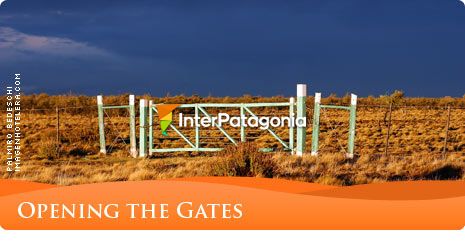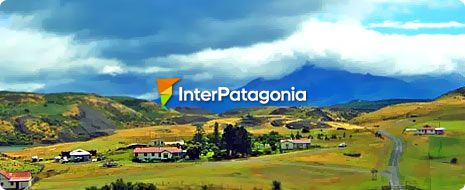|
 |

The rise of the estancias has changed the empty limitless space into a rural production environment that enabled the country to be positioned among the first suppliers of raw material in the world.
Towards the south, the estancias have given the scenery a new shape. Getting through the harsh winter, the intense snowfalls and the incessant wind, they have become real settlements scattered in the vastness of the fields. They would contain it all: schools, first aid posts, libraries, electrical power station, bakery, stables, shepherds and workers.
Not only have these changes affected the earth but they have also affected the gaucho, who turned into a laborer, a foreman and the essential protagonist of this new rural life. The owners, known as the hacendados, used to spend the winter in Europe and return in the spring to take charge of their possessions.
Most estancias are kept as agricultural and cattle facilities, but their shells and residences have opened their doors to visitors who wish to have a closer look at rural life. Some of them maintain the style from their days of splendor, when real palaces of French, English or colonial architecture would be raised and luxuriuosly furnished and ornamented. Others have a simpler decoration, more harmonical with rural life, but as comfortable and cozy as the former.
Through the windows of these large houses, the sight is lost in a wild scenery that mingles with the sky.

At present, it is the very owners of these places who assist their visitors as special guests and share with them local anecdotes and stories.
Spending a few days at the estancias means having an encounter with nature, still preserved in its wildest state, seeing and experiencing the habits of the gauchos and immigrants who populated the Argentinian soil. Sharing their daily tasks, riding horses, driving the cattle, witnessing the sheep shearing, the branding and the rodeo, and working in the orchards. Various sport activities may also be practiced, but they all invite visitors to interact with the natural environment.
|
|
 |

Life in the estancias preserves strong traditions that are expressed in small social gestures. Firstly, it is not prudent to turn up at night or during the siesta hours, because those are sacred times for resting and only the dogs would welcome you.
A frank handshake mentioning your name and surname is enough as a registration in an estancia. As a guest, you will be invited to participate in all tasks; however, there are customs, such as the preparation of the asado, which are reserved for the estancia gauchos and they disapprove of visitors to interfere with this gastronomic rite.
The mate also has its courtesy rules. Being part of a circle of mate makes people closer together and supresses any differences among guests and hosts, workers, foremen and owners. For such reason, it is always polite to accept the invitation. The cebador is in charge of preparing and pouring the mate and starting the round. You are only supposed to say “thank you” once you do not wish to drink any more and not after receiving the first mate, as it is considered a slighting gesture. Likewise, the bombilla is not supposed to be moved or cleaned. You only have to sip the beverage, return the mate to the cebador and wait until the round is started again.
Whether at an estancia or in any estate in the country, sharing a mate is a friendly way of making good contacts and cutting down the distance.

|
|